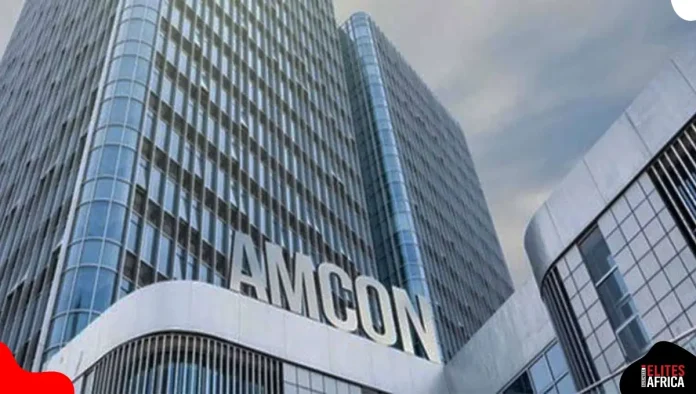
Nigeria’s biggest banks paid ₦442bn in AMCON levies in H1 2025,34% more than ₦330bn in H1 2024.
The spike, driven by bigger balance sheets and off-balance-sheet exposures, arrives just as profit tailwinds from last year’s FX revaluation gains fade, tightening margins across Tier-1 and mid-tier banks.
The levy is anchored in the AMCON (Amendment) Act 2015, which compels banks to contribute 0.5% of total assets plus contingent liabilities annually as a sector-resolution cost. That formula means institutions with rapid asset growth pay more, regardless of short-term profitability.
In H1’25, industry data show the highest individual charges clustered among the largest franchises, including Zenith Bank, UBA and other Tier-1 names,evidence that scale, while advantageous for funding and fee income, also magnifies the levy.
Analysts say the combination of rising funding costs, a softer trading/FX windfall, and a higher AMCON bill will compress return on equity in 2025, nudging banks to lean harder on fee businesses, asset-mix optimisation and cost discipline. Executives are also expected to push for better risk-asset pricing and selective loan growth to defend net interest margins amid ongoing recapitalisation plans and tighter prudential oversight.
Policy debate is intensifying over the levy’s long-run calibration. While AMCON helped stabilise the system after past crises, critics argue the current formula may be pro-cyclical, extracting more just as earnings weaken. Any review, however, must balance relief for banks with AMCON’s own obligations and the need to preserve systemic confidence.


